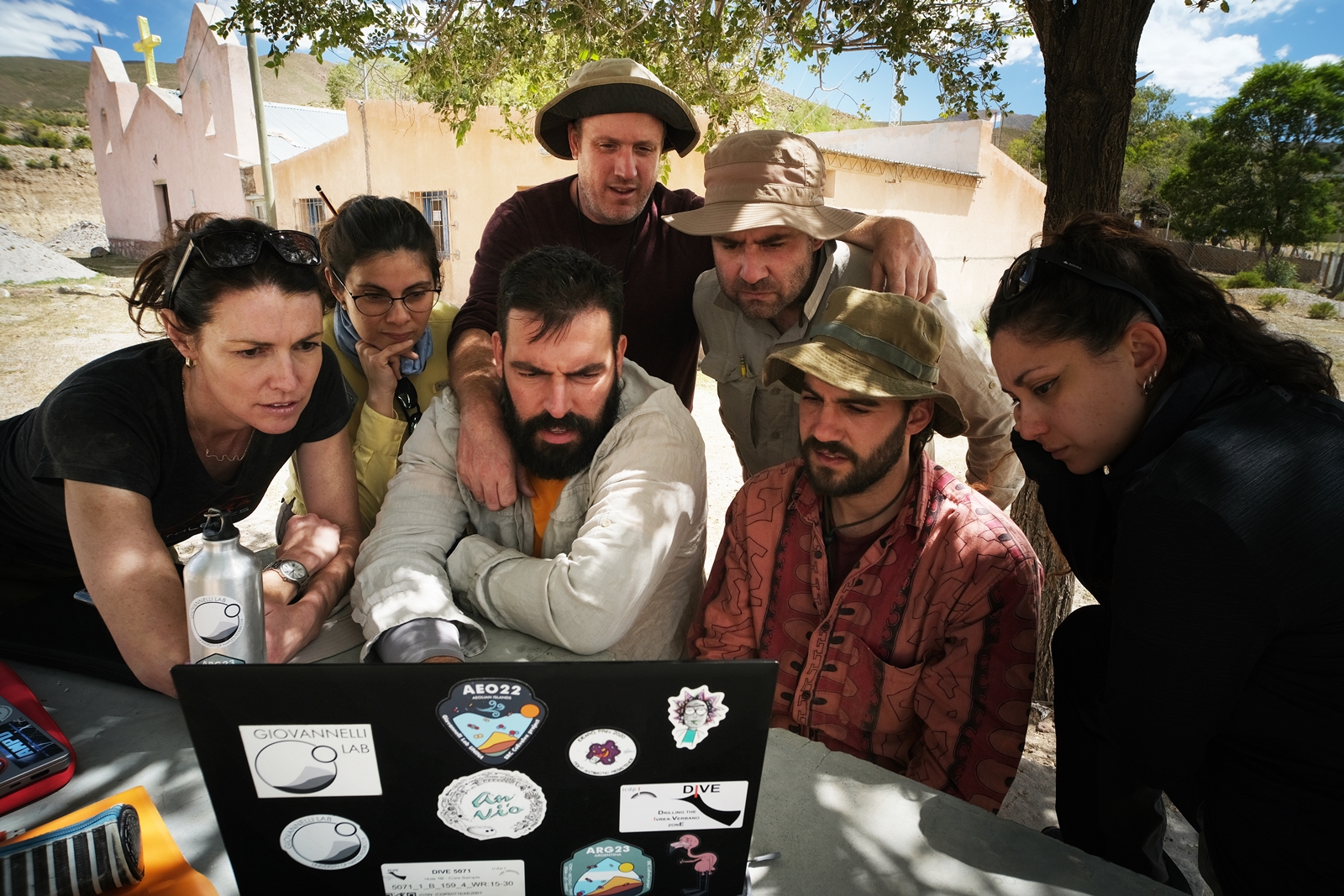6 min to read
Argentina Puna Altiplano expedition
Report of the CoEvolve fieldwork in the Northern sector of the Puna Altiplano (Argentina).
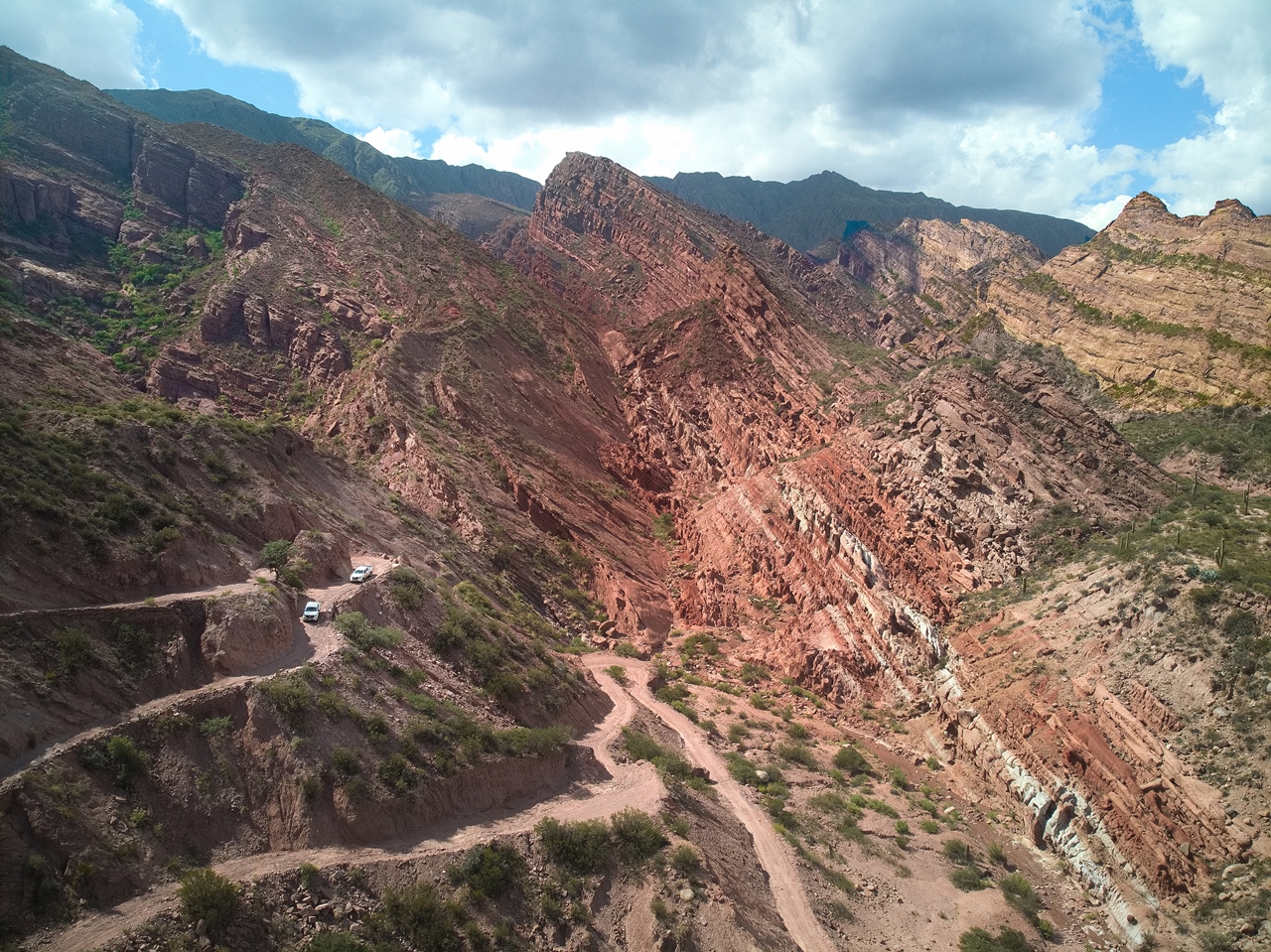
When in Naples, anytime somebody hears you’re going to Argentina, they immediately think of soccer stars and maybe a very good grilled beef, Patagonia and gauchos, so why a group of researchers would like to start a flight of almost 24 hours to visit and sample fluids and sediments from a place called the Puna Altiplano or the Puna Plateau?
The Puna Altiplano has an area of nearly 75,000 km2 and an average height of 4,500 m. The Puna is administratively a part of three Argentinian provinces: Salta, Jujuy and Catamarca. Geologically speaking it is linked to the Andean arc magmatism and is characterized by a very thick crust, one of the thickest in the world. The arc magmatism is a consequence of the subduction of the Pacific oceanic plate under the South American one, creating a heat flow that allows the circulation of fluids. In fact, although volcanoes present in the Puna Altiplano are extinct or dormant, there are many thermal springs in the area, some of which are being exploited by community members as thermal resorts.
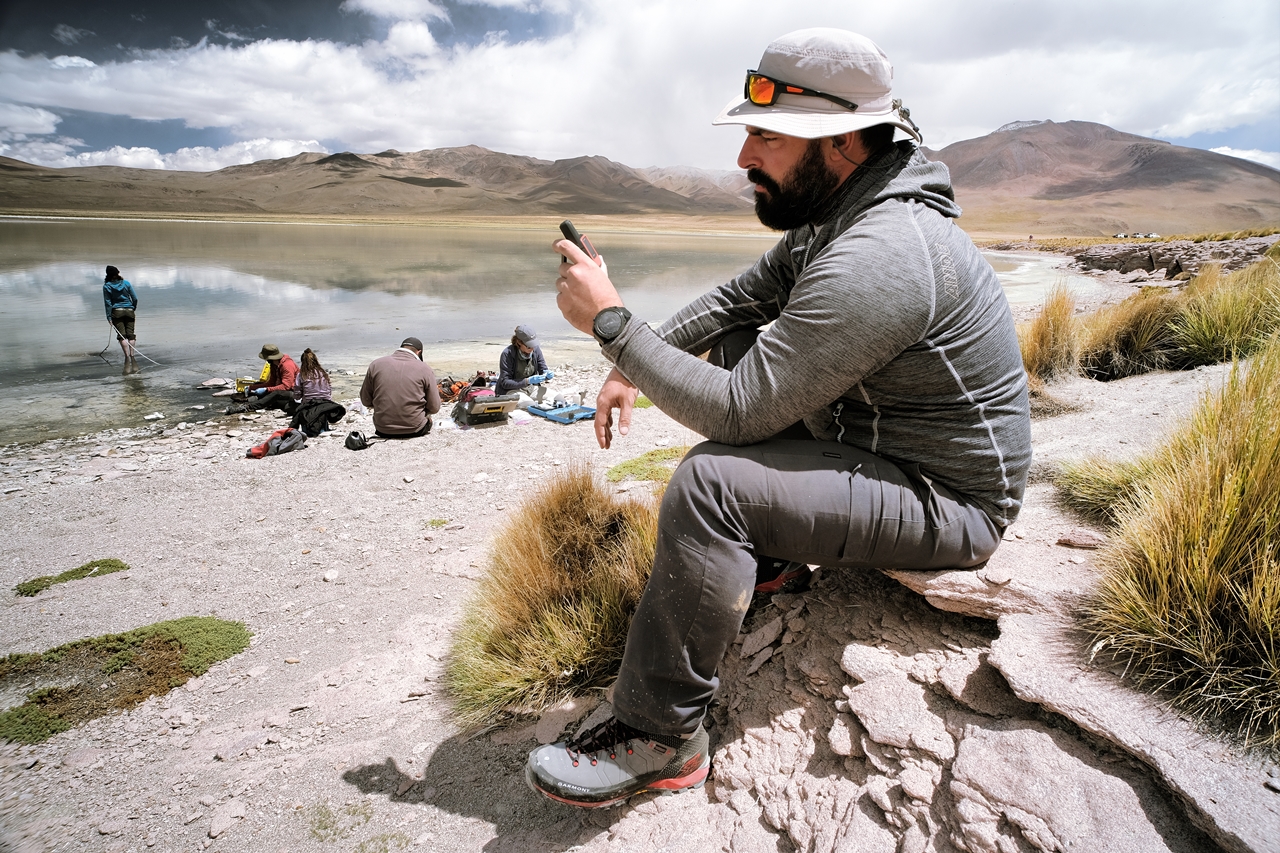
Despite a large number of springs present, and the series of works conducted by local scientists to define the geothermal potential of the Puna Plateau, our knowledge of the microbiology of the Puna Plateau hot springs and how they relate to transition elements availability and volatile cycling (those elements and substances released from the magma in gaseous form) is limited.
During the expedition, we sampled fluids, sediments and background material. Our goal was to obtain microbial and geochemical data that could allow us to explore the deep biosphere and gather more information to visualize the CoEvolution of life and the tectonic settings of our planet.
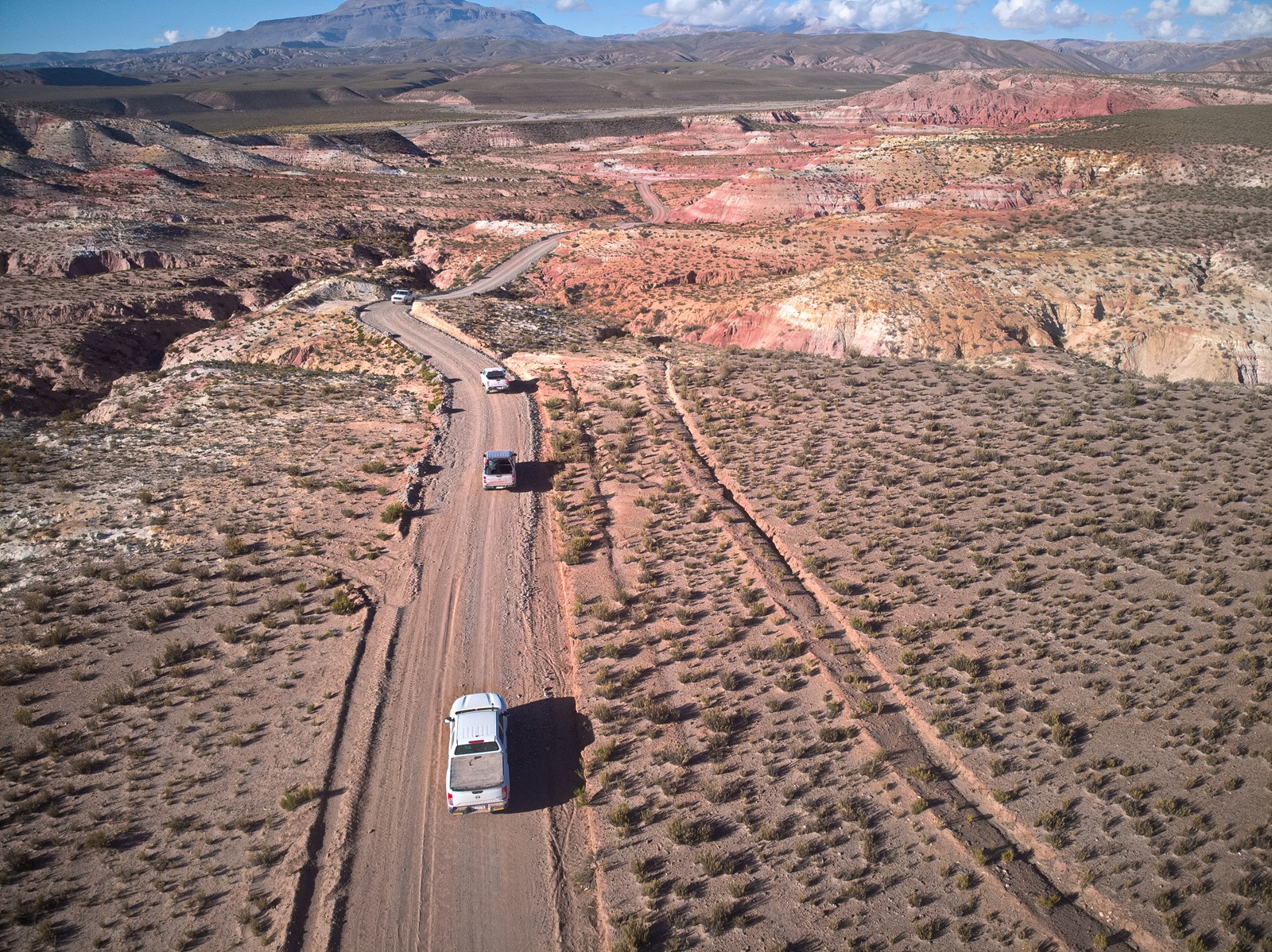
The team consisted of 11 researchers: microbiologists Donato Giovannelli, Karen G. Lloyd, Gherard Jhessen, Annarita Ricciardelli and Bernardo Barosa, gas geochemists Peter H. Barry and Carlos J. Ramirez, geologist Agostina L. Chiodi and myself, Alessia Bastianoni, a biogeochemist. This multidisciplinary team was also international with scientists coming from Italy, Argentina, Chile, Costa Rica, Portugal, and Venezuela. We were also accompanied by scientific journalist Jacopo Pasotti, who followed us throughout the expedition documenting the sampling activities.
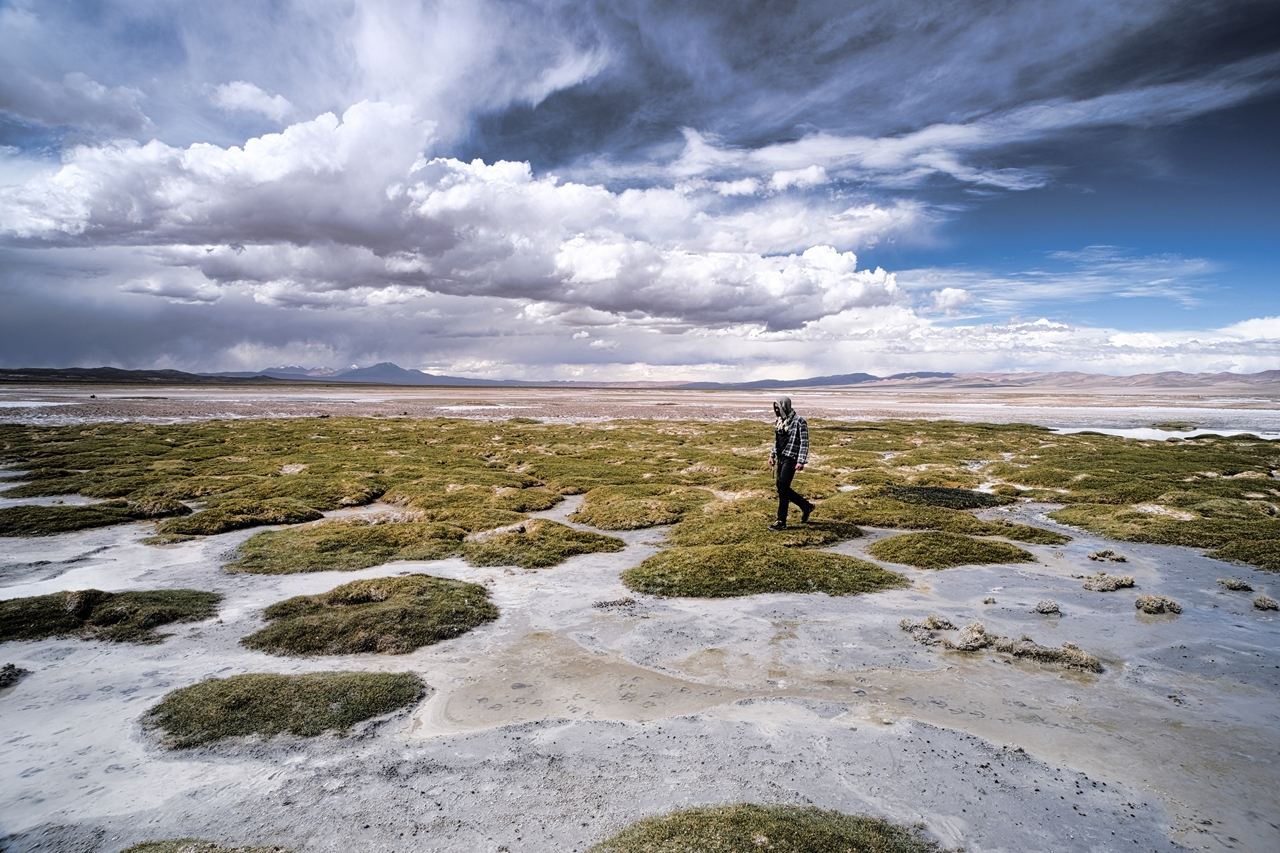
The expedition took place between March 01 and March 17 2023, and a total of 17 geothermal sites were sampled covering the Northern segment of the Puna Altiplano. While the majority of the sites were natural thermal springs, without any signs of anthropic exploitation, five sites (El Sauce, Coranzuli, Hualfin, Los Nacimientos and, Caimancito) were thermal resorts with canalization of the springs, and in some cases with artificial pools or baths constructed.
The long term goal of the project is to combine data from this expedition with data from other geothermal features throughout the Andean Cordillera associated to different tectonic settings (back-arc, fore-arc) and collected on previous expeditions, in order to obtain an extensive characterization of the geomicrobiology of the Andean hot springs.
We started the campaign with a very ambitious number of expected sites to sample (23), however, we were only able to find 17. In some cases we were successful in finding the springs, but since all of the Puna is also part of the ancestral territories of the indigenous peoples of Argentina and permits with the local chiefs needed to be granted, we were not allowed access to the sites and samples could not be obtained. In other cases we got to the site following gps coordinates, but the emissions were no longer visible, reflecting also the fact that geothermal emissions are sometimes transient.
One of the peculiarities of this project is its highly multidisciplinary nature. We therefore also divided forces when it came to sampling, Annarita, Bernardo, Gherard, Karen and Donato, took the fluids, sediments and background samples needed to extract DNA and determine geochemical parameters of interest (DIC, CH4, major, minor and trace element concentrations); I measured all parameters that were sensitive to air equilibration either through a titration (Alkalinity) or using a Hach DR1900 field spectrophotometer (H2S and Fe); Agostina measured the dissolved silica and also took samples to perform the major and minor ions determination, and finally Peter and Carlos collected the gaseous emissions of each site using “Giggenbach bottles” (read more in the article wrote by Elena Panariello) and copper tubes. Gaseous samples will be analyzed by Peter Barry’s team at the Woods Hole Oceanographic Institute. As soon as we got on site, physicochemical parameters were measured using a HANNA Instruments multiprobe that allowed the simultaneous determination of pH, temperature, Eh, dissolved oxygen, Total Dissolved Solids (TDS), salinity, and conductivity.
The information gathered during this expedition will allow us to describe the environment where microbes are present and will help us in trying to find any correlation between the conditions of the environment and the microbial community diversity and genetic makeup. In the future we hope to be able to obtain clear trends between the concentration of transition metals and the microbial abundance, we would also try to isolate and identify new microorganisms from this area, since most of the prokaryotes are still uncultured and their physiological traits are practically unknown.
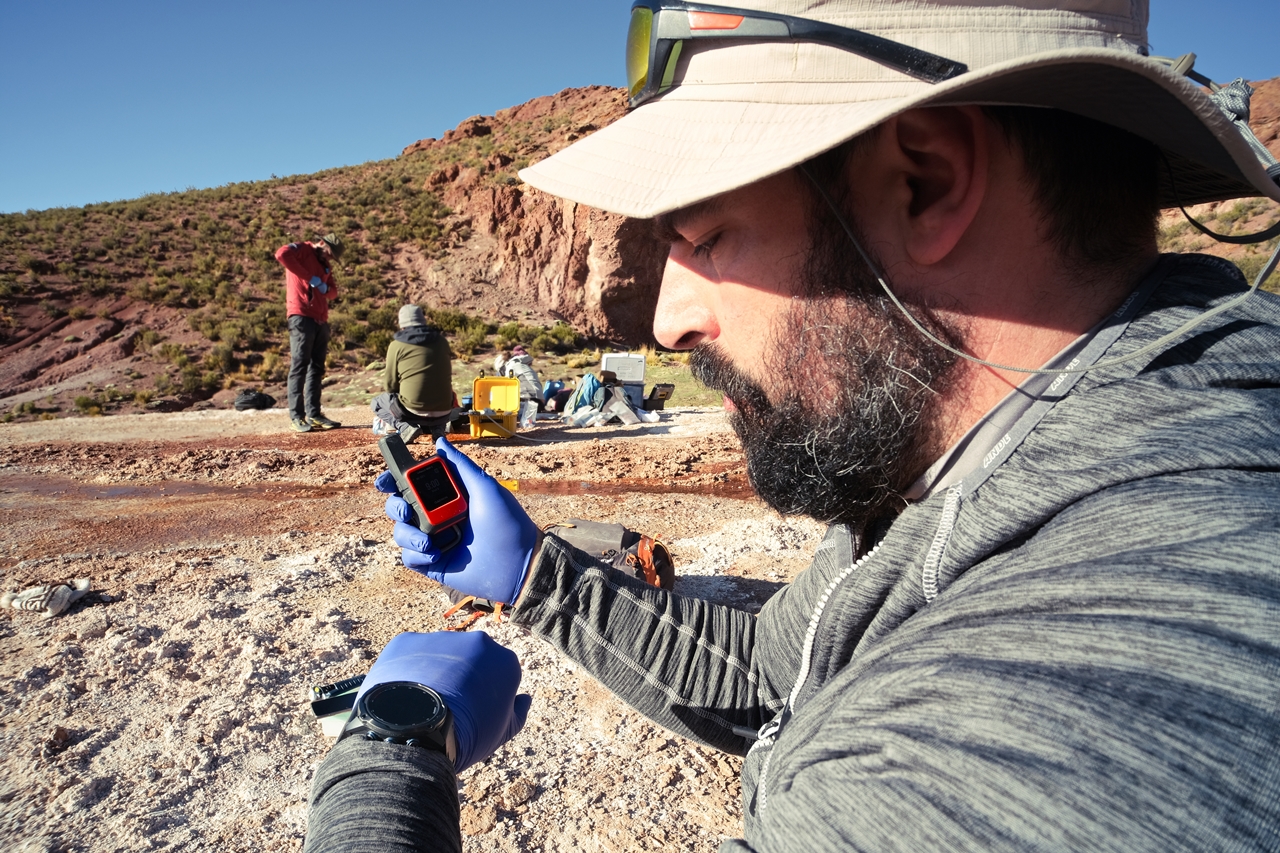
Samples taken to the Giovannelli lab will be subjected to molecular analysis (DNA extraction and PCR amplification), and geochemical characterization (elemental analysis of the sediments, acid digestions, determination of major and minor ions and of trace metals in the fluids and digestates). DNA extraction will be carried out for all of the samples collected (fluids, sediments and backgrounds) following an appropriate protocol. After performing a check of the quantity (Qbit) and quality of the DNA extracted, through PCR amplification, a specific region of the extracted DNA will be sent to sequence, 16S rRNA. This specific portion of the DNA present in a sample can help us perform phylogenetic analysis and identify the presence of specific taxonomic groups on a given site. Extracted DNA will also be used to perform metagenomic analysis, which will provide valuable information regarding the main metabolisms present in each sample.
Major, minor and transition metals present in both fluids and sediments will be determined using Ionic Chromatography (major ions) and Inductively Coupled Plasma-Mass Spectrometer (minor and transition metals). This data coupled with the diversity and metagenomic data will help us understanding if we are seeing a higher abundance of a specific gene that codes for a given metabolism in sites where the major ions or the transition metals key for that metabolism are present at a greatest or smallest concentration. This will all allow us to shed more light into the deep and intricate connections between Life and Earth’s Lithosphere and hopefully help us understand how life and tectonics coevolved throughout our planet’s history.
Fotos: Jacopo Pasotti, 2024
